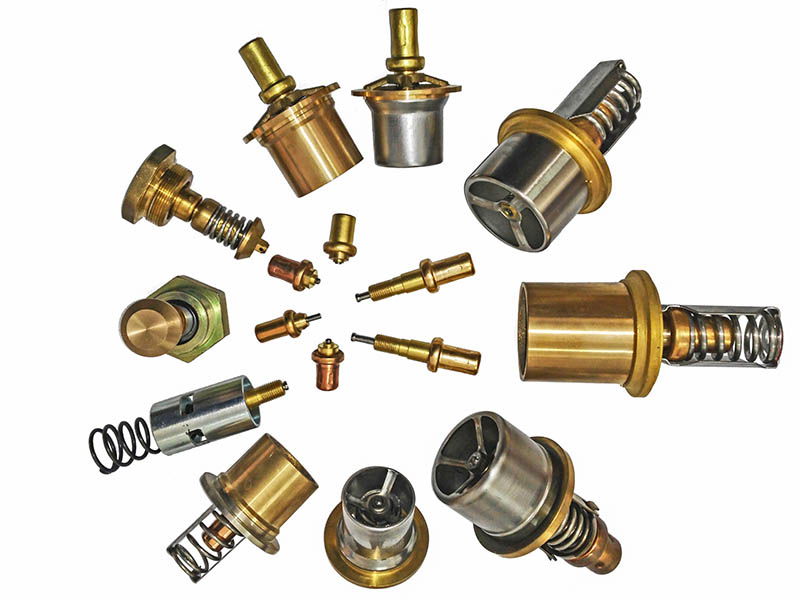Solutions / Shipping Industry

Principle of temperature control:
The thermostat's temperature control is driven by the expansion and contraction of the paraffin brass mixture, which is sensitive to temperature changes. When temperature rises, the wax expanses to push the slide valve, so as to control the opening degree of the valve core and finally realize flow control.

Thermostatic valve can control the temperature accurately and the design of the thermostatic valve is solid, which ensures that even in a very broad scope the system is always sensitive to temperature and avoid external forces and sudden impact interference, so as to maintain the constant temperature setting.
The valve core is with a number of leakage holes so that a certain flow can be maintained between port B and port C. Its function is:






